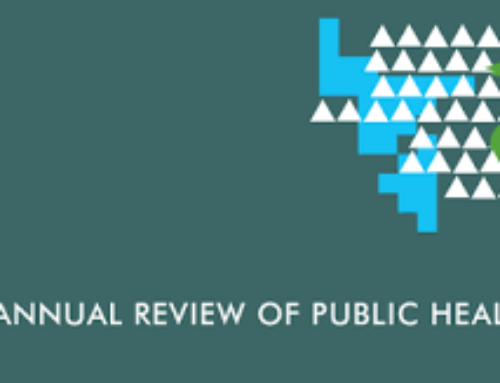The Department of Veterans Affairs (the VA) is the largest health system in the United States with 1,255 healthcare facilities, including around 170 hospitals and an annual budget of more than $200 Billion. It is the third-largest federal agency after the Department of Defense and the Postal Service. The VA’s primary role is to meet the healthcare needs of the country’s veterans and their families. However, they are also supposed to provide a safety net for the U.S. medical system in times of crisis, as indicated in its Fourth Mission: “VA’s ‘Fourth Mission’ is to improve the Nation’s preparedness for response to war, terrorism, national emergencies, and natural disasters by developing plans and taking actions to ensure continued service to veterans, as well as to support national, state, and local emergency management, public health, safety and homeland security efforts.”
However, a Bloomberg article from April 18 last year – “VA Hospitals Are the U.S. Safety Net. Covid-19 Exposed the Holes” – called our attention to certain problems in fulfilling the Fourth Mission: Across all 170 hospitals, the VA was treating 5,000 virus patients, but only 135 of them were civilians. One of the reasons: The hospitals could not afford to purchase enough personal protective equipment (PPE), and therefore many ICU beds remained empty at a time when other hospitals were overflowing. This problem was (is) not exclusive to the VA, as many U.S. hospitals experienced PPE shortages to the point where operational limitations were reached and staff safety compromised. . .
Visit HealthcareBusinessToday.com to read the full article.









